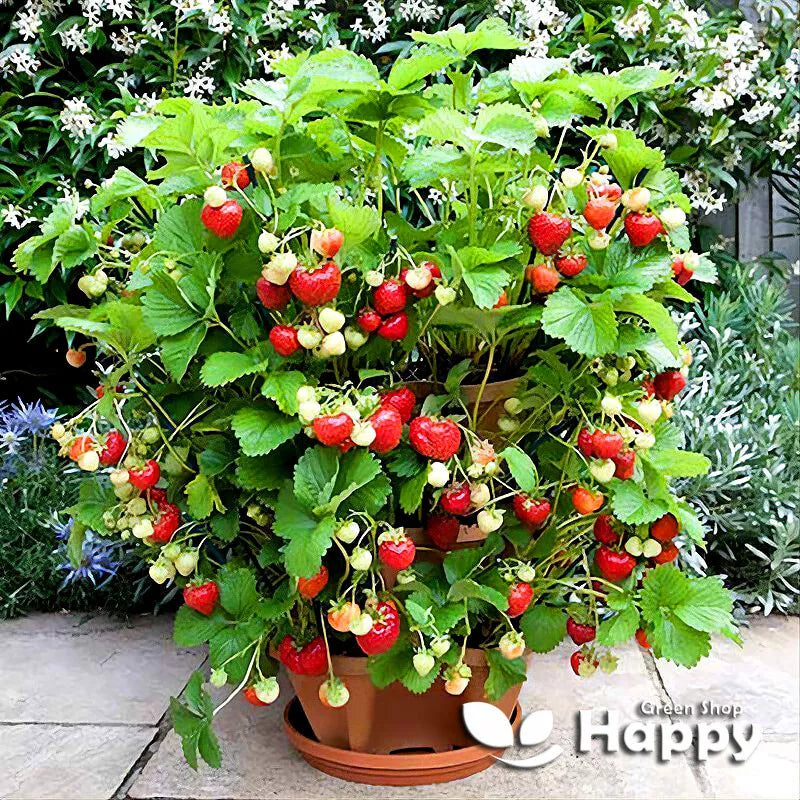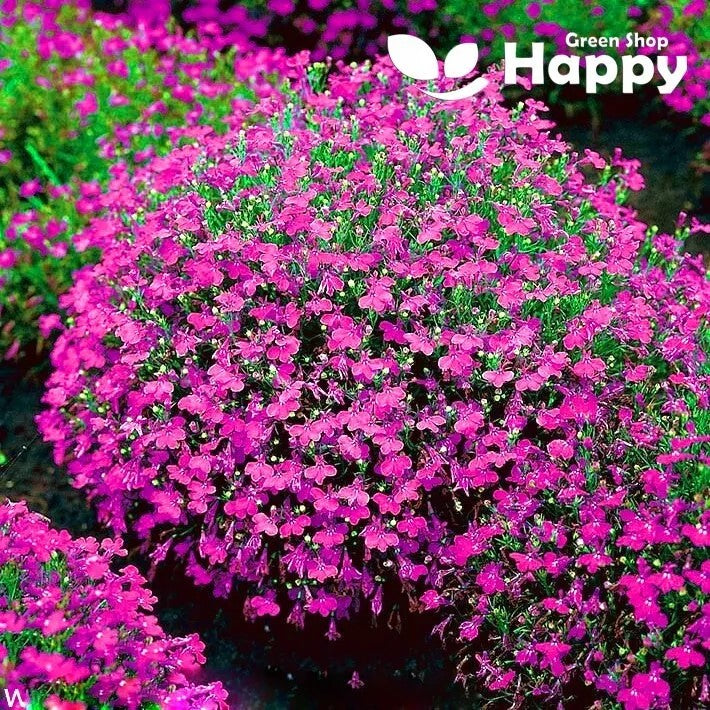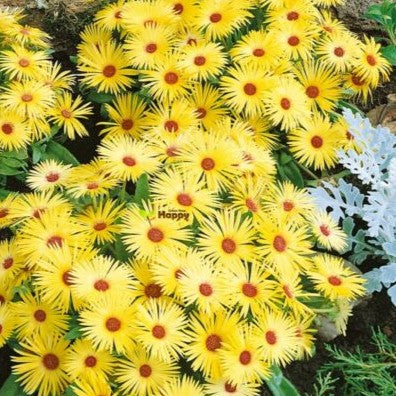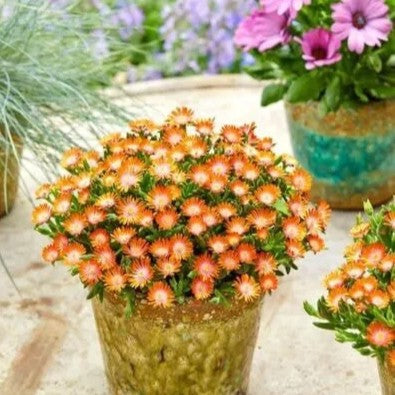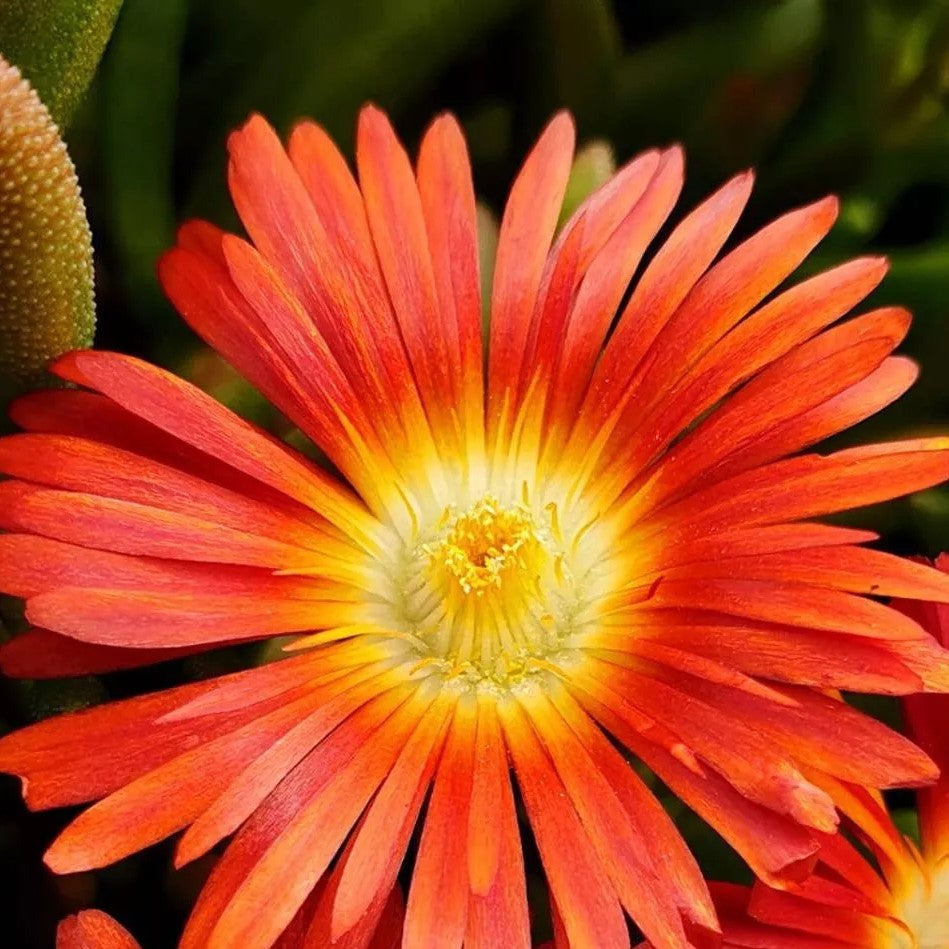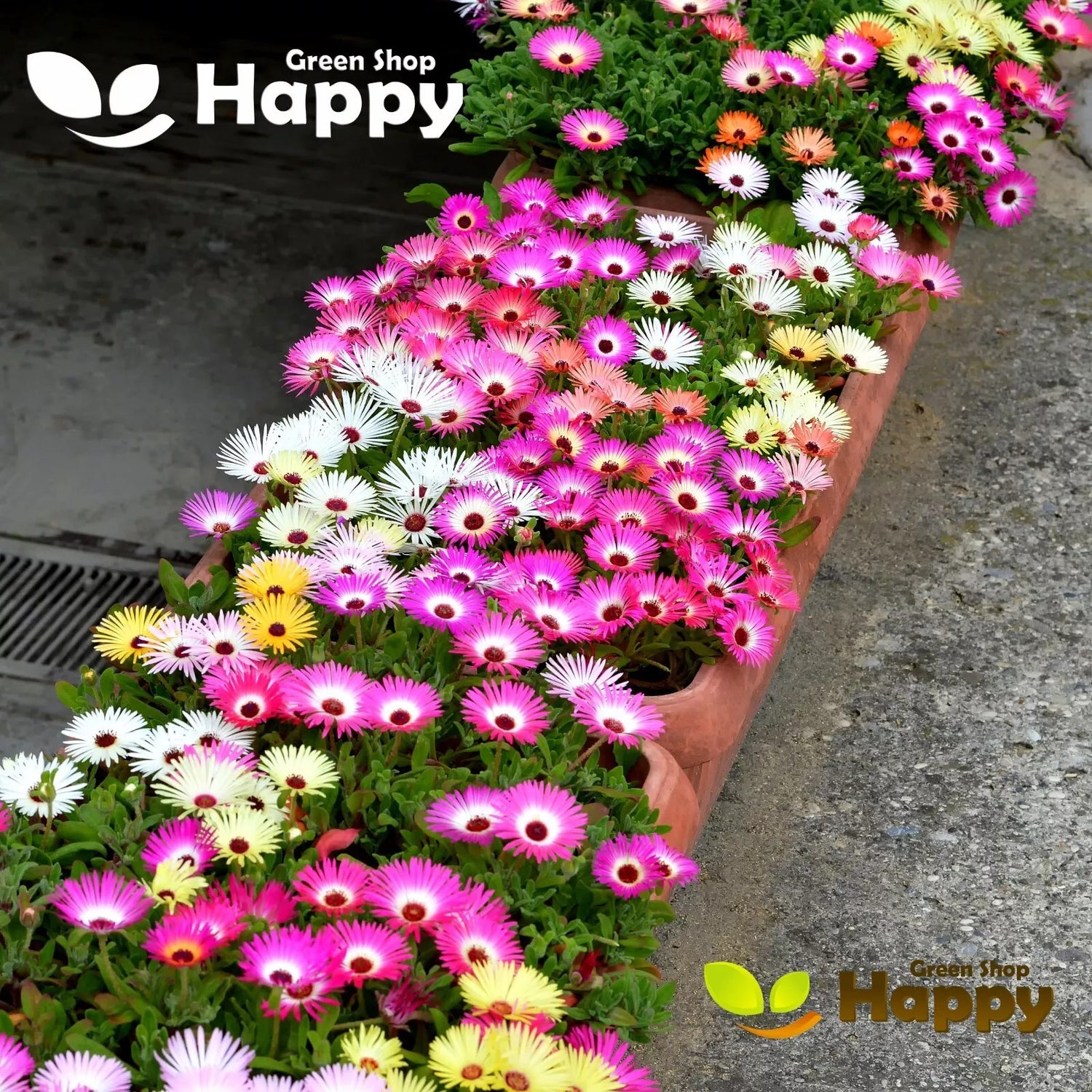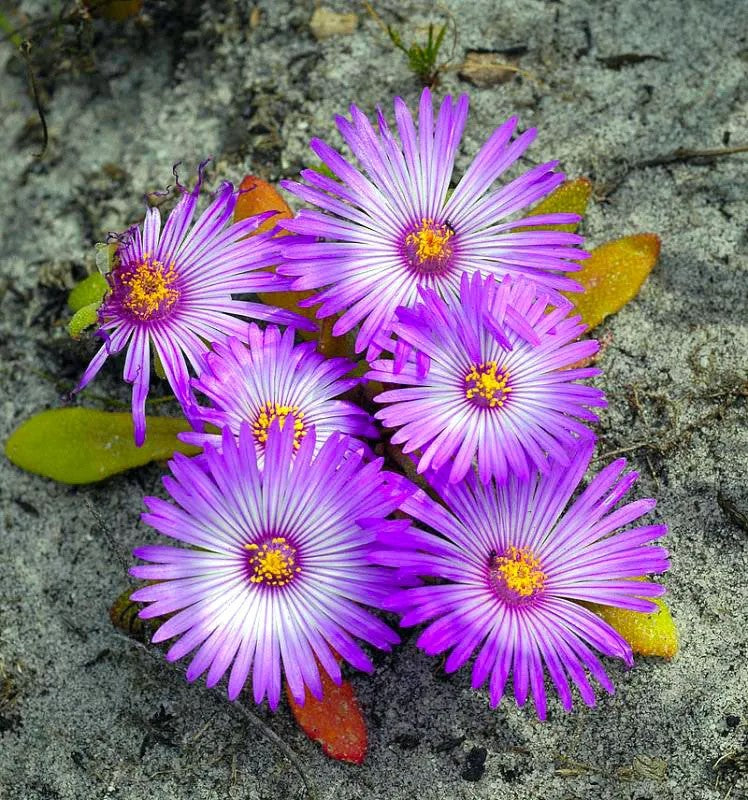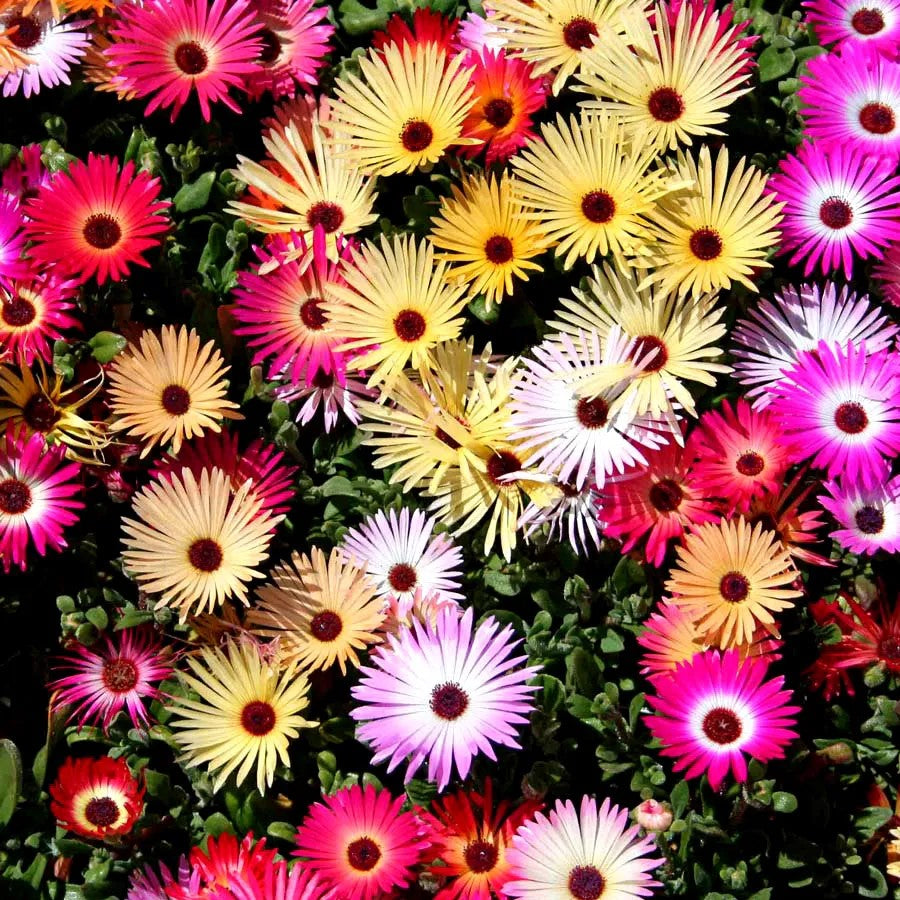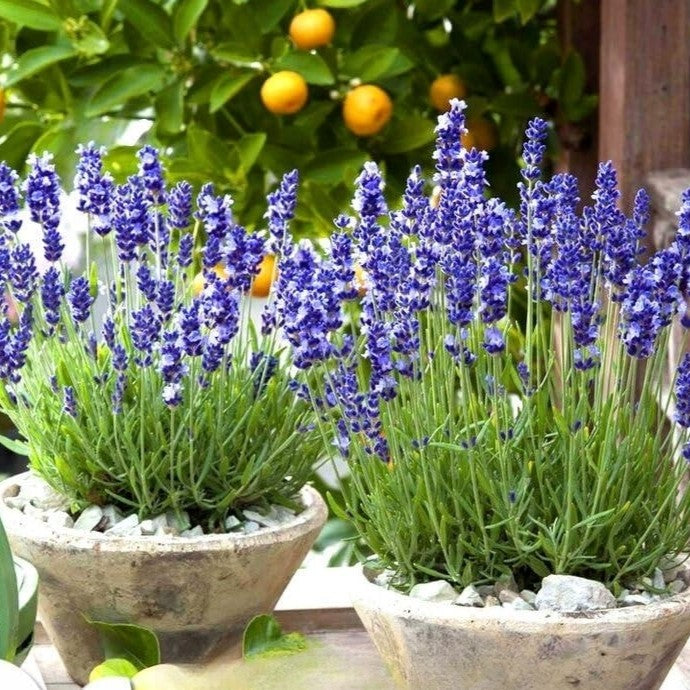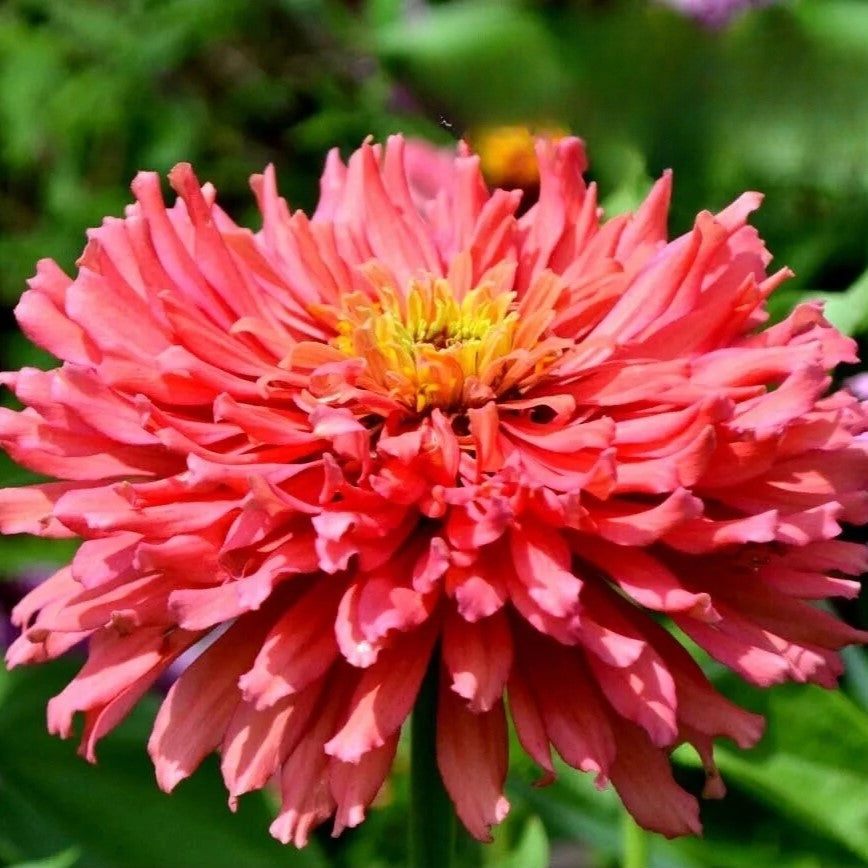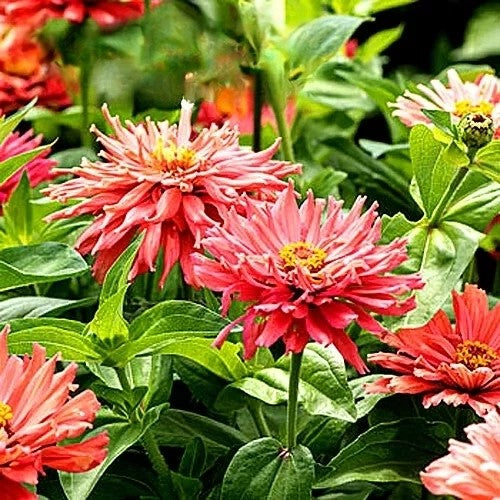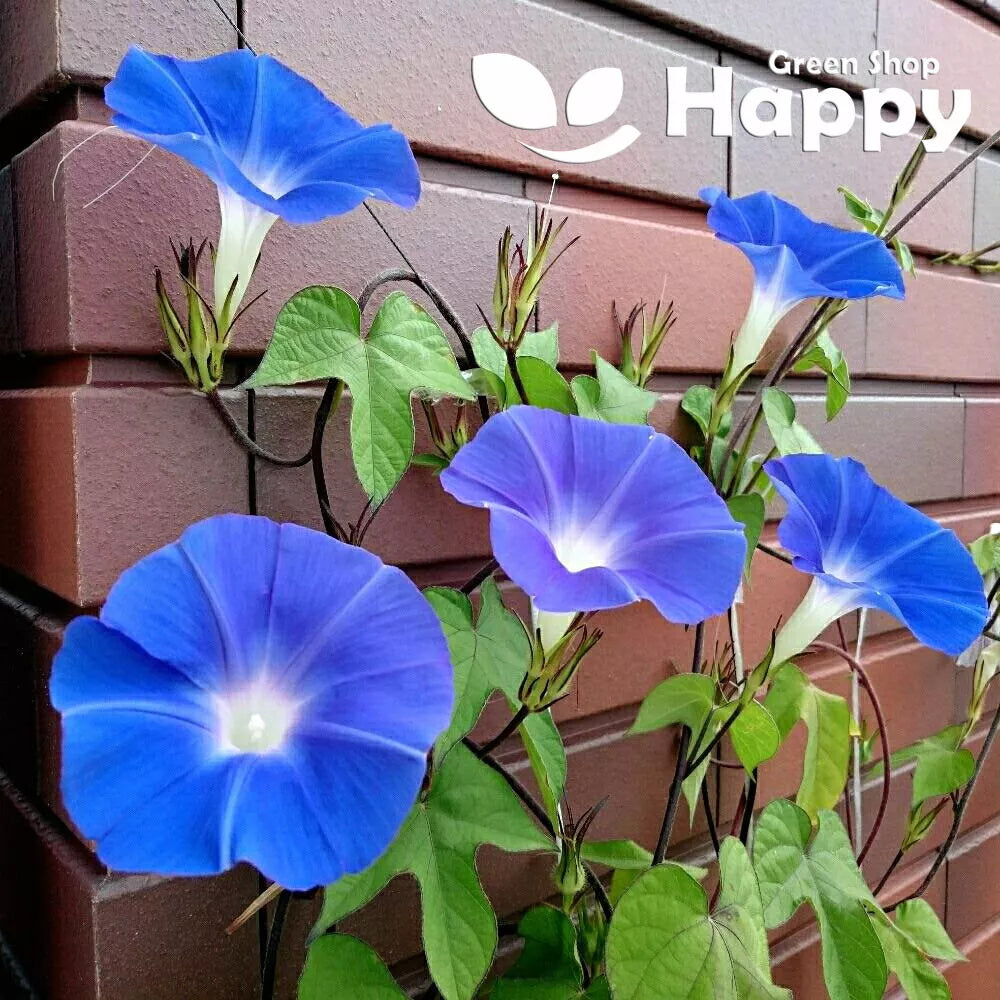Sort by:
435 products
435 products
Lobelia 'Cascade Red' – 7000 Seeds (Lobelia pendula)
Add a striking burst of color to your summer garden with Lobelia 'Cascade Red'. This vibrant trailing variety produces masses of brilliant red blooms that spill gracefully over the edges of baskets, containers, and window boxes, creating a bold and dramatic display all season long.
What Makes It Special
-
Rare, eye-catching red flowers
-
Trailing habit perfect for cascades of color
-
Long-lasting blooms with minimal care
Key Features
-
Height: 12–15 cm
-
Spread: Trails up to 30–35 cm
-
Free-flowering, compact, and easy to grow
-
Excellent for vibrant summer color displays
Ideal For
-
Hanging baskets and patio containers
-
Window boxes and balcony planters
-
Edging and mixed summer plantings
Sowing
-
Sow indoors Jan–Apr on the surface of moist compost
-
Do not cover seeds – they need light to germinate
-
Maintain 18–20°C; germination in 14–21 days
-
Transplant outdoors after the last frost
Livingstone Daisy Yellow Seeds (Mesembryanthemum ‘Harlequin’)
A bright and cheerful annual, Livingstone Daisy Yellow produces vibrant yellow daisy-like flowers that bloom profusely from late spring to autumn. Compact and hardy in sunny conditions, these drought-tolerant plants are perfect for borders, rock gardens, and container displays.
What Makes It Special
-
Brilliant yellow, long-lasting blooms
-
Compact, low-maintenance, and drought-tolerant
-
Continuous flowering throughout the summer months
Key Features
-
Botanical name: Mesembryanthemum ‘Harlequin’
-
Hardy annual
-
Height: 15–25 cm (6–10 in)
-
Bloom time: Late spring to autumn
Ideal For
-
Borders, rock gardens, and edging
-
Pots, containers, and window boxes
-
Sunny, drought-prone areas needing vibrant color
Sowing
-
Sow indoors Feb–Apr or outdoors May–Jun
-
Lightly cover seeds with soil and keep moist
-
Germination: 10–21 days at 18–20°C
-
Thin seedlings to 15–20 cm apart
-
Flowers the same year after sowing
Livingstone Daisy Orange Seeds (Mesembryanthemum ‘Harlequin’)
A bright and cheerful annual, Livingstone Daisy Orange produces vibrant orange daisy-like flowers that bloom profusely from late spring to autumn. Compact and hardy in sunny conditions, these drought-tolerant plants are perfect for borders, rock gardens, and container displays.
What Makes It Special
-
Brilliant orange, long-lasting blooms
-
Compact, low-maintenance, and drought-tolerant
-
Continuous flowering throughout the summer months
Key Features
-
Botanical name: Mesembryanthemum ‘Harlequin’
-
Hardy annual
-
Height: 15–25 cm (6–10 in)
-
Bloom time: Late spring to autumn
Ideal For
-
Borders, rock gardens, and edging
-
Pots, containers, and window boxes
-
Sunny, drought-prone areas needing vibrant color
Sowing
-
Sow indoors Feb–Apr or outdoors May–Jun
-
Lightly cover seeds with soil and keep moist
-
Germination: 10–21 days at 18–20°C
-
Thin seedlings to 15–20 cm apart
-
Flowers the same year after sowing
Livingstone Daisy Mixed – Seeds (Dorotheanthus bellidiformis)
The Livingstone Daisy Mixed is a dazzling carpet-forming annual that produces masses of daisy-like blooms in vibrant shades of pink, red, orange, yellow, and white. The flowers open wide in full sunlight, creating a striking display over their low-growing, succulent foliage. Perfect for hot, dry, sunny spots, this cheerful mix brightens up any summer garden with its jewel-like colors.
What Makes It Special
-
Brilliant mix of jewel-toned daisy flowers
-
Thrives in poor, dry soils and full sun
-
Excellent ground cover for summer displays
-
Compact, trailing habit ideal for edging and containers
Key Features
-
Botanical name: Dorotheanthus bellidiformis
-
Common name: Livingstone Daisy / Ice Plant
-
Variety: Mixed colors
-
Seed count: Approx. seeds per pack
-
Height/Spread: 10–15 cm tall, spreading up to 20 cm
-
Position: Full sun; well-drained soil
-
Flowering period: Summer (June–September)
Ideal For
-
Bedding and edging
-
Rockeries and gravel gardens
-
Containers and window boxes
-
Drought-tolerant displays in sunny spots
Sowing Instructions
-
When to sow: February–April indoors, or May outdoors after frost
-
How to sow:
-
Sow seeds on the surface of fine, moist compost; do not cover (light aids germination)
-
Keep at 18–20°C; germination in 10–21 days
-
-
After germination:
-
Transplant seedlings when large enough to handle
-
Harden off and plant outdoors 10–15 cm apart in sunny, free-draining soil
-
Lemon Tree ‘Verna’ – Seeds (Citrus limon)
Description:
Grow your own fresh citrus at home with Lemon Tree ‘Verna’ (Citrus limon). This Mediterranean variety produces juicy, aromatic lemons with a smooth, bright yellow peel. Hardy and productive, ‘Verna’ is ideal for patios, large containers, and garden beds. Perfect for fresh juice, cooking, or garnishing, it’s a rewarding addition to any home garden. Easy to grow from seed, it develops into a compact, bushy tree with fragrant white blossoms.
Key Features
-
Produces aromatic, juicy lemons with smooth yellow skin
-
Hardy, productive Mediterranean variety
-
Compact growth, suitable for containers and gardens
-
Attractive fragrant white flowers
-
Can be grown from seed with patience
Ideal For
-
Patio containers and balcony planters
-
Home citrus gardens and edible landscapes
-
Fresh juice, cooking, and garnishing
-
Ornamental garden display
Sowing & Growing
-
Sow Indoors: February–April
-
Transplant Outdoors: After frost or grow in pots
-
Germination: 21–28 days at 20–25°C
-
Height: 150–200 cm (can be pruned)
-
Spacing: 60–80 cm apart in garden beds
-
Light: Full sun
-
Soil: Well-drained, fertile, slightly acidic
Care Tips
-
Water regularly, especially during dry periods
-
Fertilize monthly with a citrus or balanced fertilizer
-
Protect from frost and cold winds
-
Prune to maintain shape and encourage bushy growth
Lemon Balm – Seeds (Melissa officinalis)
Lemon Balm is a hardy perennial herb valued for its refreshing lemon-scented leaves. Perfect for teas, desserts, and savory dishes, it also makes a soothing herbal remedy often used to promote relaxation. Its fragrant foliage attracts bees and pollinators, while its resilience makes it an easy-to-grow choice for gardens, pots, or borders.
How to Grow
-
Sow indoors: March – May in trays at 18–20°C.
-
Sow outdoors: May – July in a sunny or lightly shaded spot.
-
Thin or transplant seedlings to 30 cm apart.
-
Prefers fertile, well-drained soil.
-
Cut back after flowering to encourage fresh growth.
Key Features
-
Hardy perennial with refreshing lemon scent
-
Aromatic leaves for teas, salads, and cooking
-
Excellent for herbal remedies and relaxation
-
Attracts bees and pollinators
-
Easy to grow in borders or containers
Ideal For
-
Herbal teas and drinks
-
Culinary use in sweet and savory dishes
-
Herb gardens, borders, and patio pots
Sowing & Harvest
-
Sow: March – July
-
Harvest: May – October
Quick Tip
Pick leaves early in the morning for the best flavor and fragrance.
Lavender ‘Hidcote’ Blue – Seeds (Lavandula angustifolia)
Lavender ‘Hidcote’ Blue (Lavandula angustifolia) is a classic compact variety prized for its deep violet-blue flower spikes and aromatic foliage. Ideal for borders, herb gardens, and containers, it attracts bees and butterflies while providing fragrant blooms for cutting and drying. Hardy and low-maintenance, it’s perfect for sunny, well-drained locations.
Why Grow "Hidcote Blue"
-
Deep violet-blue fragrant flower spikes
-
Compact, tidy growth ideal for borders and containers
-
Attracts pollinators such as bees and butterflies
-
Excellent for cutting, drying, and culinary use
Key Features
-
Type: Hardy perennial (Lavandula angustifolia)
-
Height: 30–45 cm
-
Flowering: June–August
-
Position: Full sun, well-drained soil
-
Uses: Borders, herb gardens, containers, pollinator-friendly planting
Ideal For
-
Herb and cottage gardens
-
Pollinator-friendly borders
-
Container planting and edging
-
Fragrant bouquets and dried arrangements
Sowing & Growing
-
Sow indoors: February–April in seed trays
-
Germination: 14–28 days at 18–22°C
-
Transplant seedlings into pots or borders after last frost
-
Space 25–30 cm apart for compact growth
-
Prefers sunny, well-drained soil; avoid overwatering
Large Zinnia Senorita ‘Super Cactus’ Pink – Show-Stopping Blooms
These Zinnia Senorita ‘Super Cactus’ Pink produce large, cactus-like, double flowers in vibrant pink shades. Easy to grow and long-blooming, they make a striking addition to borders, containers, and cut-flower arrangements.
What Makes It Special
-
Large, double cactus-style blooms
-
Vibrant pink color
-
Long-lasting flowers
-
Perfect for cutting and display
Key Features
-
Annual plant
-
Grows 60–80 cm tall
-
Blooms from summer to autumn
-
Thrives in full sun with well-drained soil
-
Deer and drought tolerant
Ideal For
-
Garden borders and beds
-
Containers and patios
-
Cut flowers and bouquets
-
Pollinator-friendly gardens
Sowing
-
Sow indoors 4–6 weeks before last frost or directly after frost
-
Plant seeds 0.5–1 cm deep
-
Germination: 7–14 days at 20–25°C
-
Space 30–40 cm apart
-
Water regularly and provide full sun
Large-Flowered Dwarf Morning Call Mixed – 50 Seeds (Ipomoea nil)
The Large-Flowered Dwarf Morning Call Mixed (Ipomoea nil) is a charming annual producing vibrant, trumpet-shaped flowers in a mix of colors. Compact and low-growing, it’s ideal for pots, containers, or small garden beds, bringing a burst of color to sunny spots throughout summer. Fast-growing and easy to maintain, it’s perfect for brightening any garden space.
Why Grow "Morning Call Mixed"
-
Large, trumpet-shaped flowers in mixed vibrant colors
-
Compact, dwarf habit perfect for small spaces
-
Long flowering season during summer
-
Easy to grow and maintain
Key Features
-
Type: Annual (Ipomoea nil)
-
Height: 25–35 cm
-
Flowering: June–September
-
Position: Full sun
-
Uses: Containers, pots, small garden beds, borders
Ideal For
-
Container planting and window boxes
-
Small garden beds and borders
-
Adding vibrant summer color
-
Pollinator-friendly plantings
Sowing & Growing
-
Sow indoors: February–April in seed trays
-
Sow outdoors: April–May after frost
-
Germination: 7–14 days at 18–22°C
-
Thin seedlings to 20–25 cm apart
-
Prefers full sun and well-drained soil
-
Water moderately and remove spent flowers to prolong blooming
Showing 216/435


